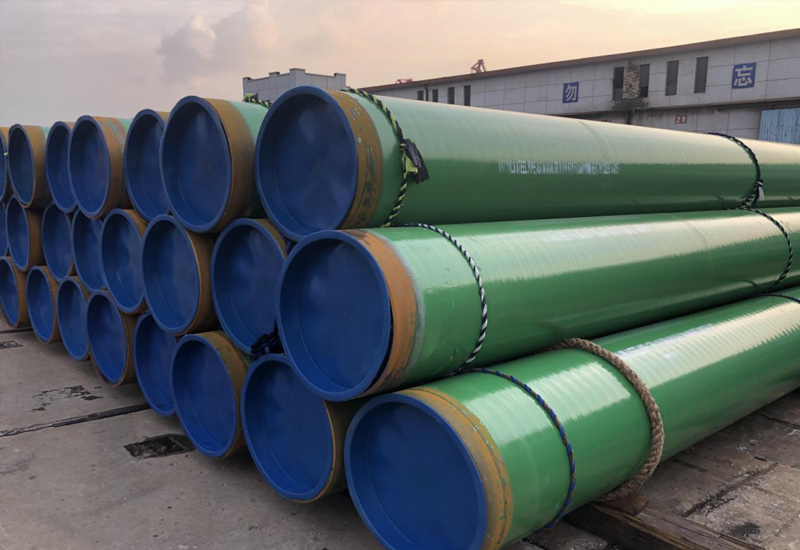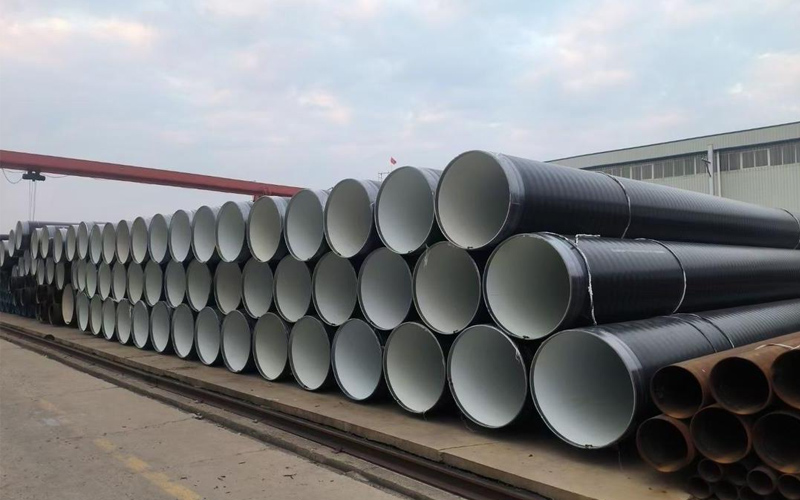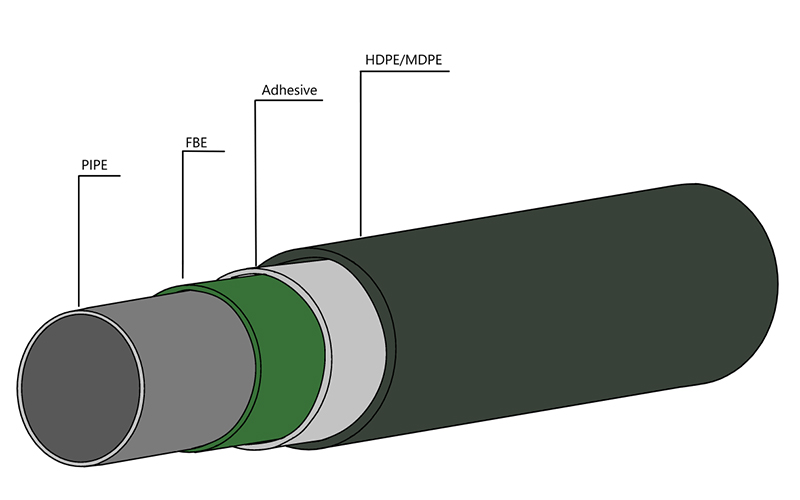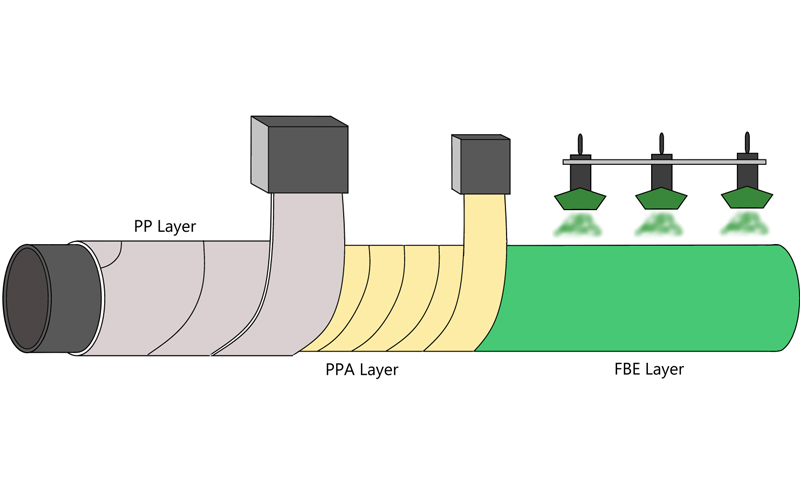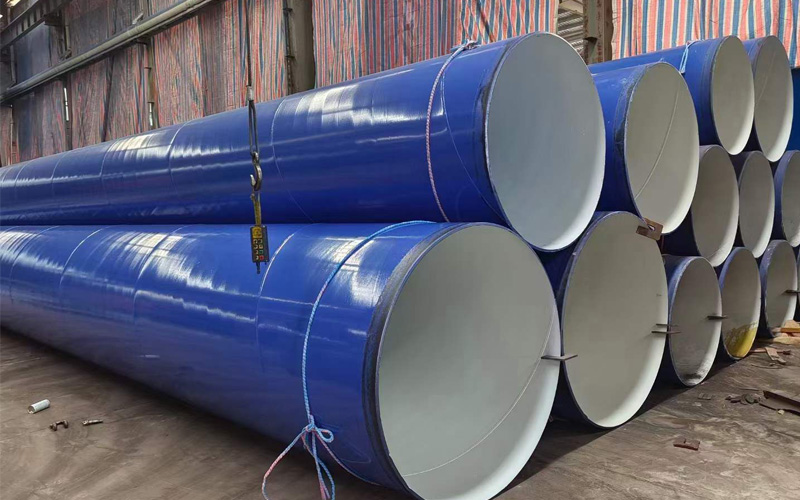The Dance of Spiral Forming: How SSAW Steel Pipes Are Made
Ssaw steel pipes are a cornerstone of modern infrastructure, forming the backbone of vast networks that transport water, oil, and gas across continents. Their distinctive helical weld seam is a hallmark of a unique and highly efficient manufacturing process. While many engineers and procurement managers specify SSAW pipes for their cost-effectiveness and reliability in large-diameter applications, the intricate journey from a flat steel coil to a robust, pressure-ready pipeline often remains a mystery.
This is an article that explains some of that journey. We’ll take you inside a factory and onto the shop floor to see the ‘dance’ of spiral forming for yourself as we deconstruct the SSAW production process into a sequence of highly orchestrated steps. Learning how these pipes are crafted is more than an intellectual curiosity—it offers valuable information on their innate strengths, integrity checks that are done to ensure their continued reliability, and why they continue to be the preferred piping solution for countless important projects around the globe.
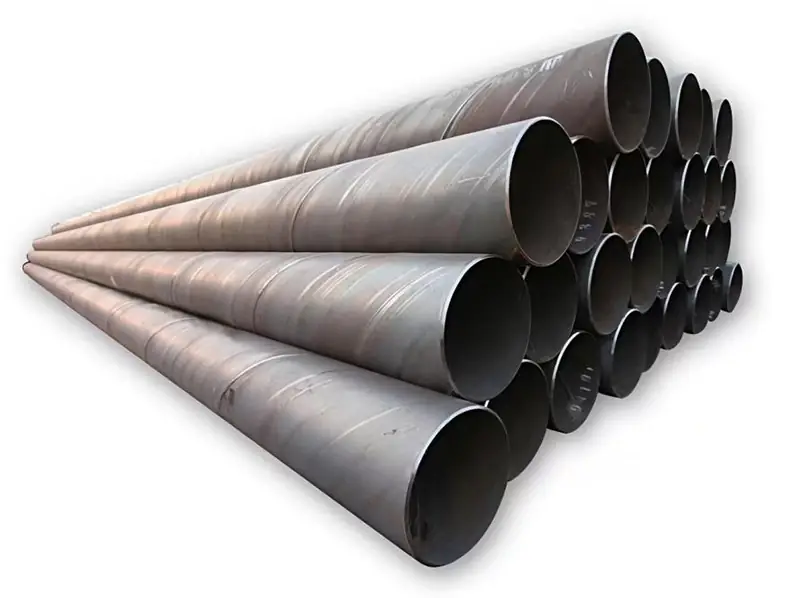
The Raw Material: The Foundation of Quality
Behind every great steel pipe is great raw material. In the SSAW process, such a foundation is a hot-rolled steel coil (HRC). This is not plain steel,it was selected to develop into a standard and it must has passed specified criteria to such standards, e.g.,API 5L covers line pipe for the petroleum and natural gas industries,which is recognized by these industries.
The steel coil is the first, the most important quality of the control points, the selection of the steel coil directly affects the subsequent use of the process and product quality. The chemical composition of the material (specifying the contents of elements such as carbon, manganese, sulfur, phosphorus and others) and the properties of the material (yield strength, tensile strength, toughness and others) is checked against the project specifications and international standards. The width and thickness of the coil are also strictly stipulated since those values, together with the shaping angle, will determine the candidate value of the final pipe diameter and wall thickness. The possibility of variation in the raw material would lead to an unsaleable production run, so a Mill Test Certificate (MTC) from the steel mill is a minimum starting point for every coil that is used.
The Continuous Manufacturing Journey: A Step-by-Step Breakdown
Unlike the LSAW process, which is based on discrete plates, the SSAW process is a continuous, dynamic operation that transforms a flat strip of steel into a finished pipe in a seamless flow. We can break this journey into several key stages:
Unwinding and Flattening: Operations start with the unwinder, which is a massive steel coil weighing anywhere from a few tons all the way up to several with the help of special equipment. The steel strip passes continuously through a levelling machine, before is is led into the installation. This is important as it eliminates any memory in the steel coil or curvature before going through the forming process so it remains flat and straight the entire way through. A completely flat strip is required to obtain tight geometry and even welds.
Edge Preparation: Prior to strip welding the edges must be properly prepared. The strip passes through an edge milling or planing unit, where there are high speed cutting heads for removing a little layer of material from each of the side edges. The purpose of this is twofold: first, to ensure that the strip is exactly the right width for the final pipe diameter and second, and most importantly, to create a clean, crisp and perfectly angled bevel on the edges. This bevelled edge is necessary if a full penetration weld is to be made when the two edges of the strip are subsequently brought together.
The Helical Forming Machine: This is the keystone of the whole SSAW system, and is where the pipe gains its shape. The shaped steel strip is fed through a plurality of forming rolls at a predetermined angle, namely the forming angle. These rolls slowly fold the flat strip into a continuous spiral tube. The final outside diameter of the pipe is governed by the ratio of the strip width to the forming angle. This angle can be adjusted in a manner that one and the same production line can be used to produce pipes both of larger and smaller diameter out of the same width of steel coil, which is one the benefits of the SSAW process. This continuous forming process is gentle on the material in comparisoN to other methods of forming it had been noted.
Submerged arc welding: Spiral submerged arc welding as raw material is a strip, winding process is the bending after activating the strip steel through the spiral forming and then automatic submerged arc welding. This weld seam passes directly under the welding heads. Submerged Arc Welding (SAW) process has been utilized, which is known for its high quality and uniform weld. There are two primary welding stations, an internally welding station and an externally welding station. The welding arc is then started under this layer of flux, which obtains a molten state to develop gaseous shield covering. This shield protects the molten weld pool from all atmospheric gases (oxygen and nitrogen) which- When welding- gives You strong, clean and ductile welds compared to You other types of welding.
Cutting: The pipe is a continuous spiral, therefore it needs to be cut to specific lengths (e.g. 12m). This is usually performed “on the fly” with no stopping of the production line. When it reaches the other end, a plasma torch or a mechanical cutter on a carriage rides the pipe and makes a neat crosscut into individual lengths.
Post-Welding: The Critical Quality Assurance Phase
When a pipe is cut off is not when it is finished. It then has to undergo a strict regime of checks and tests so that it proves to comply with all the demands of the relevant standard.
Visual & Dimensional Inspection : We conduct complete Visual inspection on inside and outside surface including weld seam on each pipe. Abrasives inspectors examin for any surface’defects. At the same time, an accurate check is made on the tape dimensions to establish the outside diameter, thickness, circularity and straightness are all within the tight tolerances specified by the Standard.
Non-Destructive Testing (NDT): To guarantee the integrity of the weld seam, 100% of its length is inspected using advanced NDT methods. An automatic Ultrasonic Testing (UT) system inspects the full helical weld to detect any internal imperfections such as cracks or lack of fusion. In addition, the pipe welds ends are typically X-ray (radiographic) tested to give a detailed view of weld quality in these critical areas.
Hydrostatic Testing: As the final proof test, every pipe is etst to hydrostatic test requirement. The ends of the pipe are sealed, the pipe is filled with water, and the internal pressure is increased beyond its working rating. This test proves the tightness and resistance of the total structure of both the pipe body as well as the welded seam and is the last verification for a safe pressure resistance.
End Finishing and Marking: The ends of the pipe are beveled to the required angle (usually 30 degrees) for field welding ease. The pipe is then marked with a stencil in accordance with either the rightly click manufacturer’s name, The finished pipe is then stenciled with all the necessary identification marks, including the manufacturer’s name, the standard (e.g., API 5L), the grade, the dimensions, and a unique heat number that allows for full traceability back to the original steel coil and its Mill Test Certificate.
The Advantages of the SSAW Process
The continuous, spiral forming method gives SSAW pipes several key advantages:
· Flexibility in Diameter: A wide range of pipe diameters can be produced from a single strip width.
· Production Efficiency: The continuous process is highly efficient for producing long lengths of pipe.
· Cost-Effectiveness: High material utilization and production speed make it a very economical choice for large-diameter projects.
· Excellent Performance: The helical weld provides superior stress distribution, making the pipes highly resistant to failure.
Conclusion
The journey from a flat steel coil to a finished SSAW pipe is a sophisticated ballet of mechanical forming and metallurgical science. Each step, from leveling the strip to the final hydrostatic test, . Every aspect, for dumbing our the strip all the way to the hydrostatic final test is strictly controlled to make a pipe that shall be dimensionally perfect and reliable in its features. Through close observation of this subtle spiral dance shaping, customers can gain confidence in the quality, performance, value and innovation inherent in every variant of SSAW pipe they specify for their most demanding infrastructure projects.
Get Your Custom Steel Pipe Quote Today!
Provide us with your project details (like application, specifications, quantity). Our experienced team will respond with a tailored solution and competitive quote within 24 business hours.




